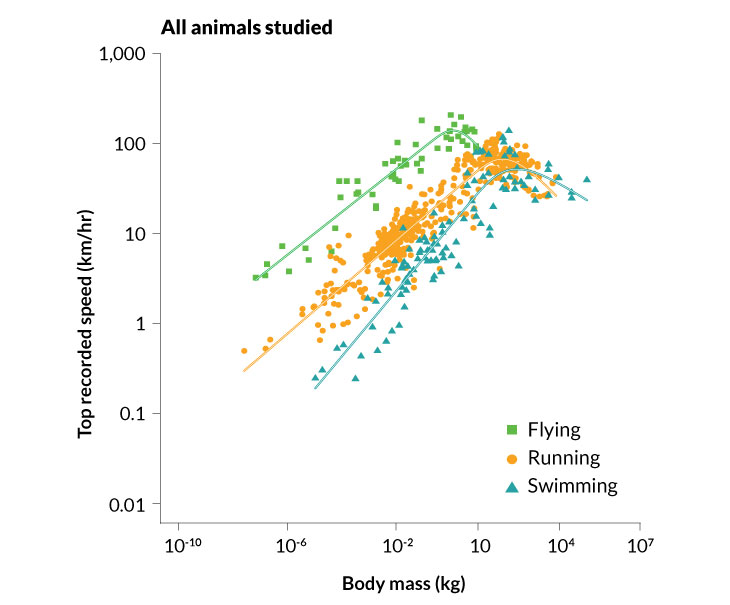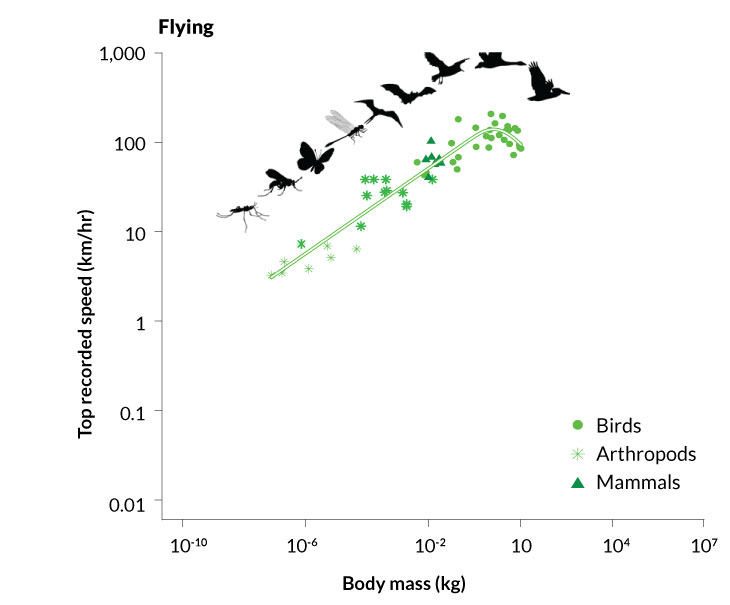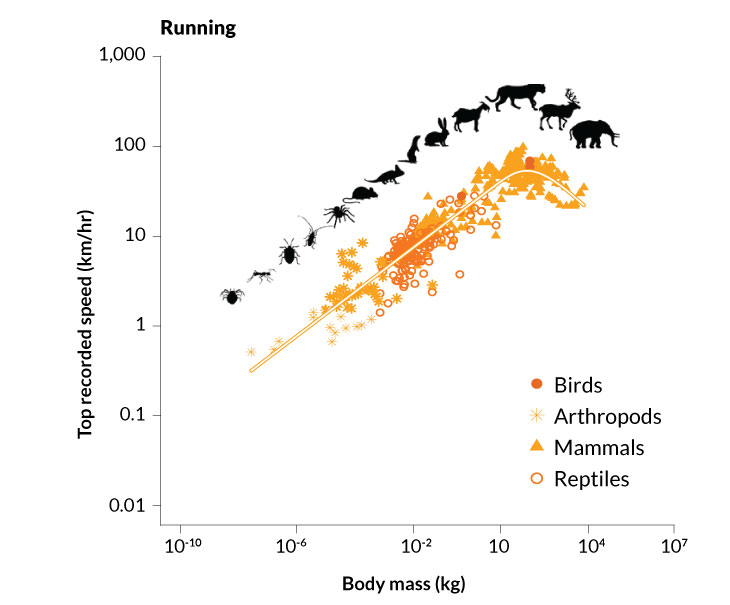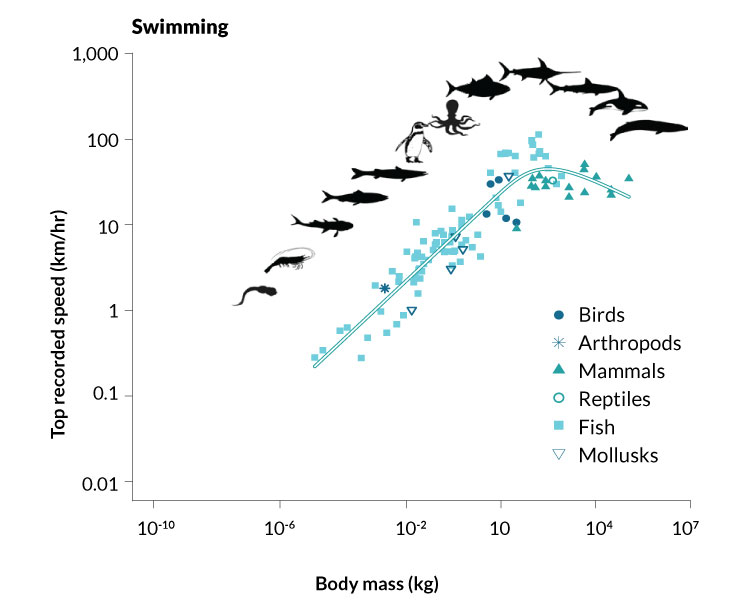Why midsize animals are the fastest
New simulation suggests that speed has body mass limits
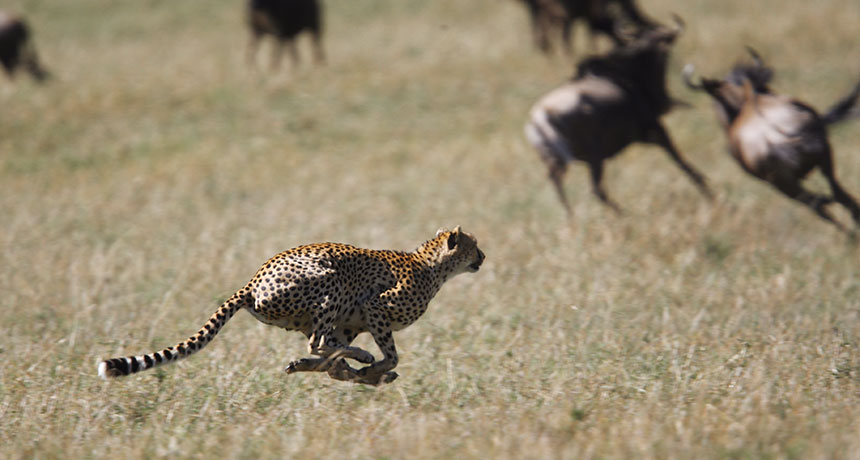
FULL SPEED AHEAD The speed demons of the animal kingdom are hardly giants. A new study suggests larger animals run out of fuel for their muscles before reaching top speeds.
GP232/iStockphoto
